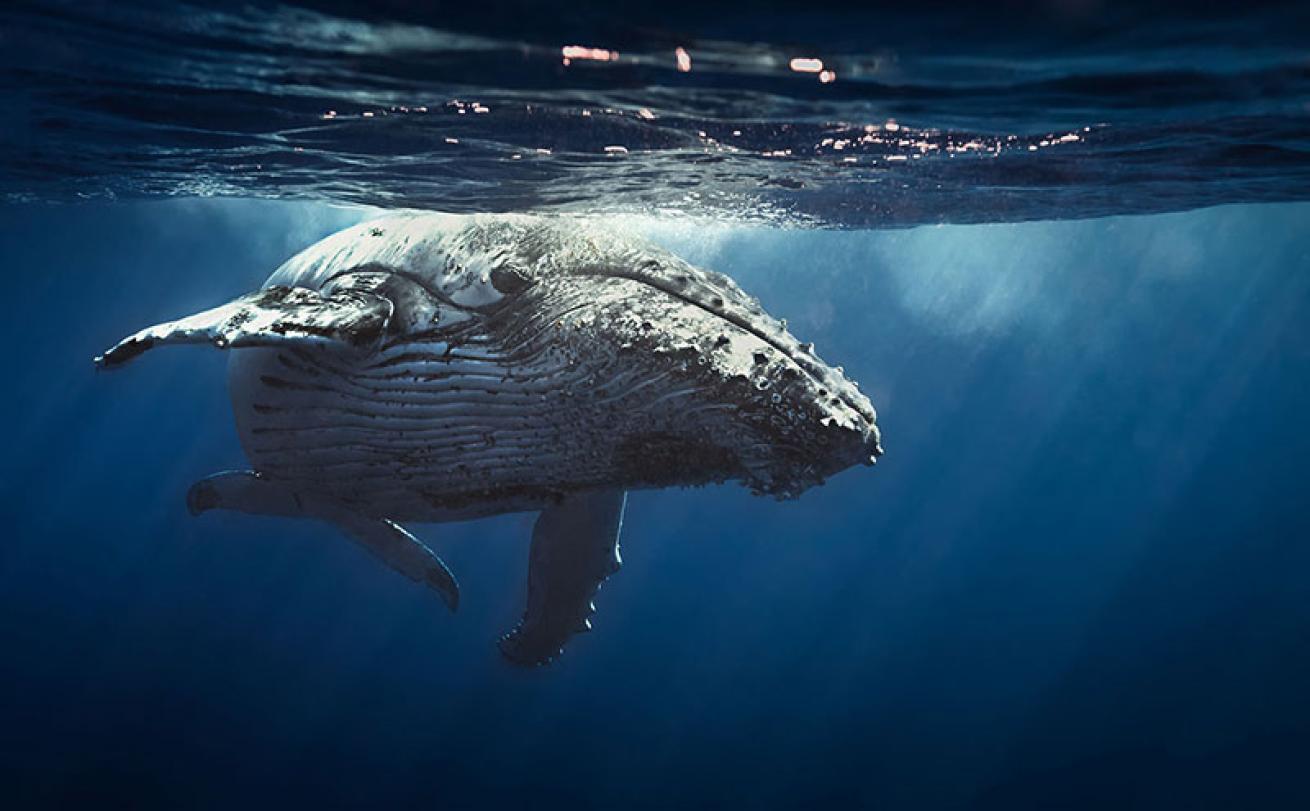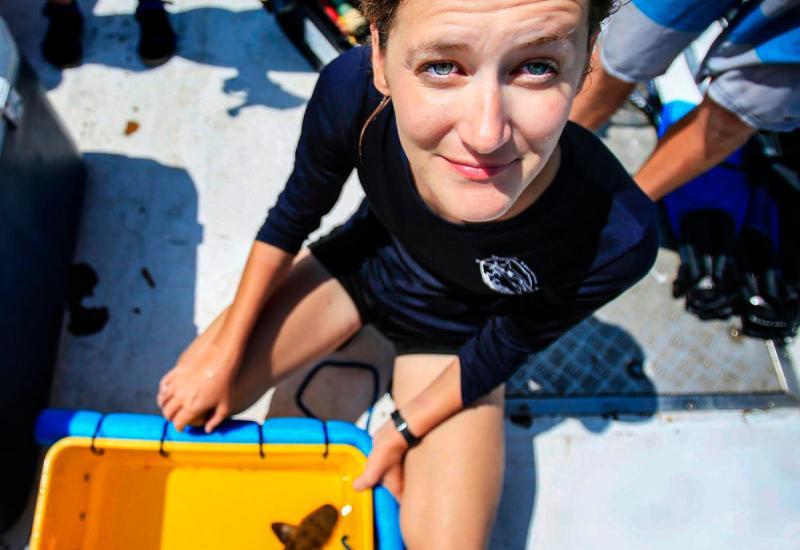What's Killing Humpback Whales?

ShutterstockThe only cause of death determined so far are cases in which the humpback whales had injuries consistent with ship strikes — that cause accounts for only a quarter of the deaths.
NOAA Fisheries is declaring the recent deaths of 41 humpback whales along the U.S. East Coast from January 2016 through present to be an Unusual Mortality Event — or UME — triggering an investigation into the cause.
But the cause may never be fully determined, according to Mendy Garron, NOAA stranding coordinator for the Greater Atlantic Region.
Since January 2016, 41 of the whales have washed ashore from North Carolina to Maine. The high number of deaths prompted the National Oceanic and Atmospheric Administration to declare an "Unusual Mortality Event."
"This begins the process of an investigation ... that could take months to years to complete," said Mendy Garron, NOAA stranding coordinator for the Greater Atlantic region. “NOAA Fisheries will work with external experts to review data.” Garron’s comments came during a conference call with journalists in April.
The Unusual Mortality Event was declared because the number strandings exceed the annual average for the Greater Atlantic Region, which extends from Maine to Virginia. "It's a marked increase in the magnitude when compared with prior records," Garron said.
Twenty-six of the deaths occurred in 2016. Fifteen have already died this year. On average, there are 14 humpback whale strandings per year. In 2016, the geographic breakdown, by state: In North Carolina, people reported five dead humpback whales, in New York, four; in Delaware, Virginia and Massachusetts, three; in Rhode Island, New Jersey, and Maine, two; and in Maryland and New Hampshire, one.
Experts say that there may have been even a greater number of humpback whale deaths since 2016. Some whales die and fall to the ocean floor.
Necropsies — surgical exams of dead animals — have been performed on 20 of the 41 whale carcasses. Ten of the whales were killed after being hit by ships. They displayed evidence of blunt force trauma and deep cuts in their bodies from propeller blades.
Government researchers started looking into unusual mortality events in marine mammals in 1991. Since then, there have been 63 officially designated unusual mortality events across a wide range of species, from dolphins to manatees.
Just under half of those events remain biological "cold cases," with cause(s) of death still uncertain.
The humpback whale isn't the only unusual mortality event that NOAA is looking into. They currently have UME investigations into the mysterious deaths of sea lions and Guadelupe fur seals in California, and large whales and seals in Alaska.
The best estimates for the numbers of humpback whales that reside in the North Atlantic Ocean, including U.S. Atlantic coastal waters, is 10,400 to 10,752 animals, based on an international collaboration in 1992-1993 to study North Atlantic humpback whales across their known range, according to NOAA.










